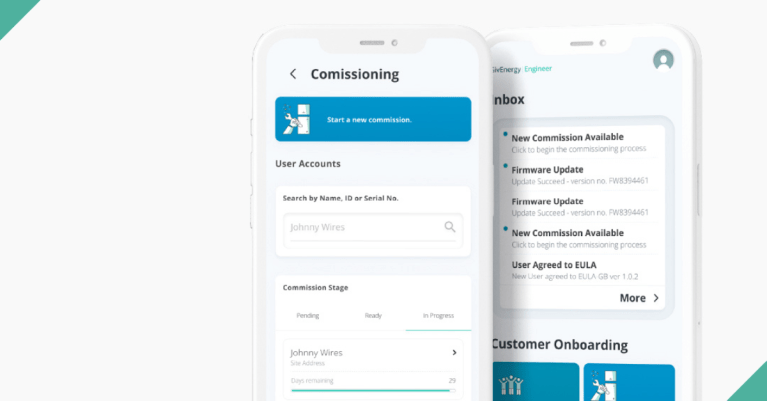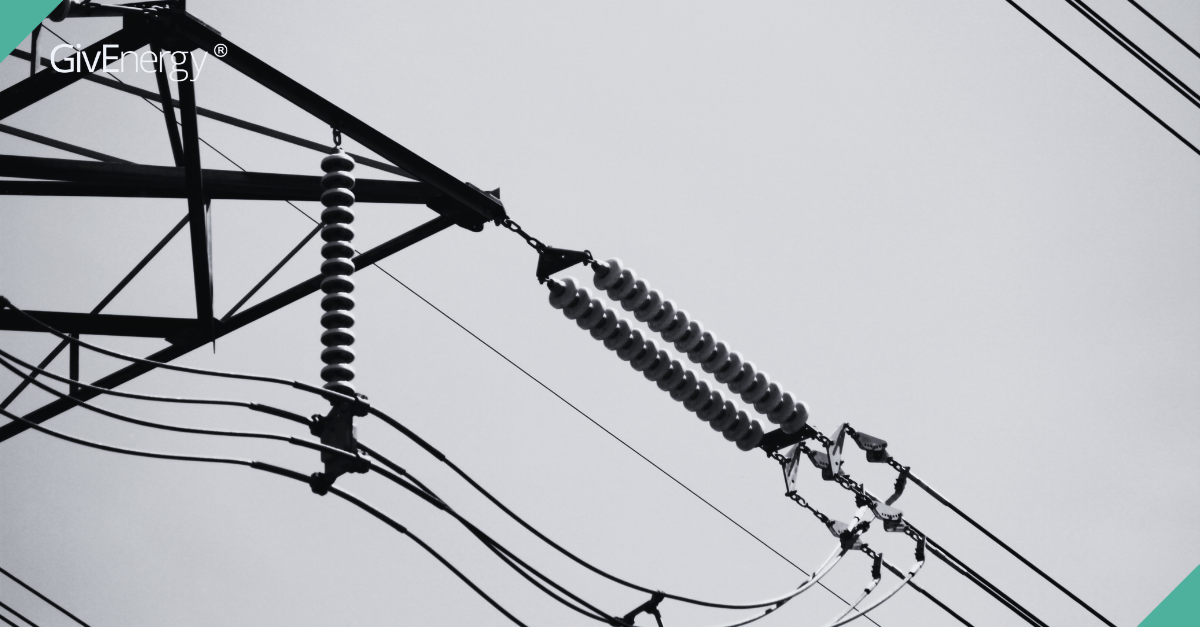There’s nothing abstract about virtual power plants.
Increasingly, businesses and homeowners alike are looking toward renewable generation and energy storage. What we’re seeing, then, is the power from wind and solar filling more and more storage batteries across the UK.
Or, put differently, we’re seeing the mobilisation of a vast assembly of small-scale energy producers.
These small-scale producers are now coming together to reduce grid demand when conditions are tight. So, through initiatives such as the National Grid’s Demand Flexibility Service, energy consumers can become energy suppliers.

Power in numbers
A single homeowner charging a battery from renewable sources and discharging it overnight means one less home drawing from the grid. Now increase that to a thousand, or a hundred thousand, or a million homeowners. Better yet, imagine all those homeowners participating in grid flexibility schemes.
Not only are these households not drawing from the grid during peak demand, they’re also set to supply energy. (That is, by exporting the clean stored energy inside their batteries.) In short, as our households become greener, the UK has a network of virtual power plants primed to support the grid.
Let’s use a recent example from GivEnergy’s own window into the National Grid DFS. In just one ‘GivBack’ flexibility event lasting only 1.5 hours, fewer than 2000 participants managed to make an enormous 6.1MWh energy reduction.
And with various service providers offering their own windows into flexibility events, and multiple events throughout the winter, the total combined savings will be staggering.



The great transition
Virtual power plants are playing an integral role as we strive to decarbonise. Ordinarily, we need to burn fossil fuels to meet demand during peak times. Instead, the UK’s growing network of virtual power plants means we can turn to clean stored energy from wind and solar.
No single technology, scheme, or organisation can achieve Net Zero in isolation. But by harnessing renewables, scaling up commercial and domestic battery storage, and incentivising smart tariffs and energy markets for billpayers – we can accelerate the UK’s clean energy transition.

Further reading
- The evolution of energy storage batteries: from emergent technology to a mature market
- Energising a sustainable future: our CEO on advancing energy storage systems
- Maximising micro-generation with energy storage
- Battery storage – the heart of the low-carbon home
- Smart tariffs and home storage batteries: a match made in heaven








